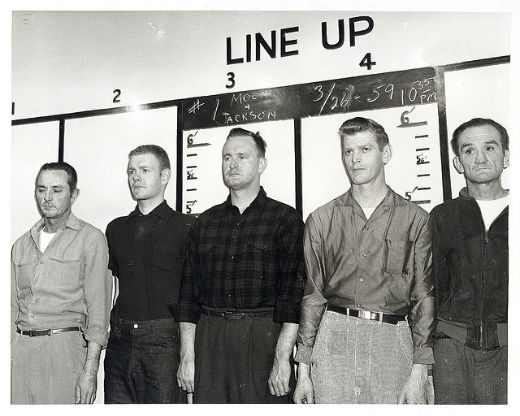Geospatial Open Source Has Gone Mainstream
by Brian Timoney
With the FOSS4G conference in Denver five weeks away, one takeaway is already clear: geospatial open source is drawing serious interest from a wider variety of sectors than we have seen in the past. My hunch is that in an ever-more competitive landscape with straitened budgets, there are three elements in particular that exert a broad appeal: technology, talent, and ideas.
Have a gander at the sponsor page: the presence of heavyweights ESRI, Google, and Oracle could be construed any number of ways. From scouting out emerging technology that may pose a competitive threat to looking for developer and managerial talent who know the geospatial realm, there is plenty of unique value that may not be showing up at their own large events.
But check out Newmont Mining: the Fortune 500 company is not only a conference sponsor but is also conducting a tutorial on rolling a cloud-based geo-collaboration system based on their own experience of using open source to coordinate their far flung international operations. Now that your eyebrow is raised, consider the presence of the NGA (National Geospatial-Intelligence Agency) who will be laying out its plan for a significantly more prominent role of geospatial open source in their operations.
Winds of change indeed.
Scanning the RSVP list to date yields more of the same: the premier federal IT contractors, a couple of large environmental firms, the premier statistical analysis software outfit (and a hot analysis/visualization start-up), a half-dozen of the biggest federal agencies, and a well known insurance company.
What accounts for this recent, broad acceptance? While others have traced the evolution of proprietary vs. open source in the geo market, I suspect the thorniest (and potentially most profitable) challenges today are the ones that don’t lend themselves to “Next » Next » Finish” answers. Shrink-wrapped software is very good at solving shrink-wrapped problems, and leaving “solutions” at the mercy of a vendor’s software update schedule is a competitive disadvantage.
Check out the program: there is content geared towards all levels of technical ability, including a day-long primer for newcomers that will directly address the business side of geospatial open source.
We’ll see you in Denver.
—Brian Timoney
